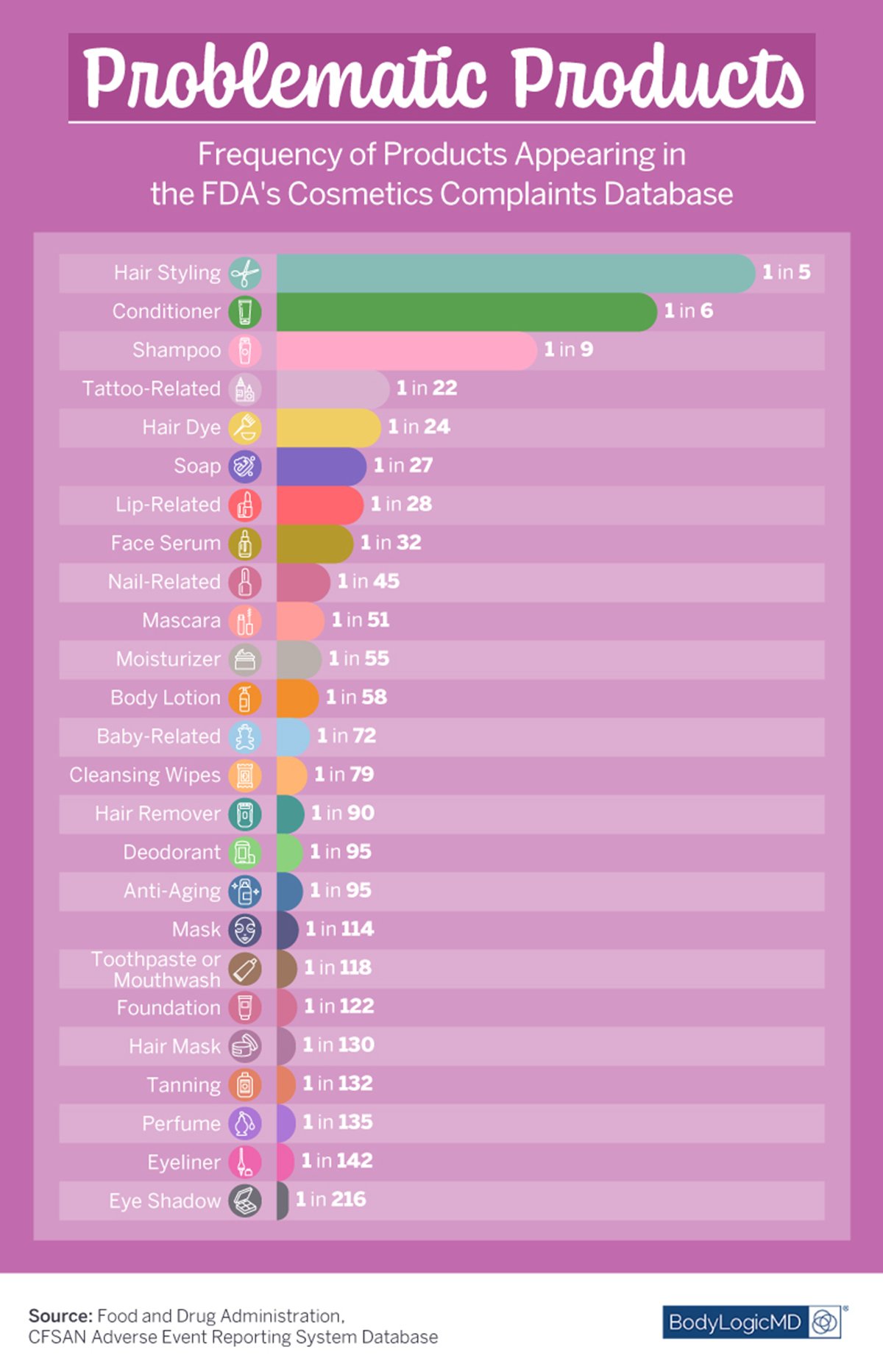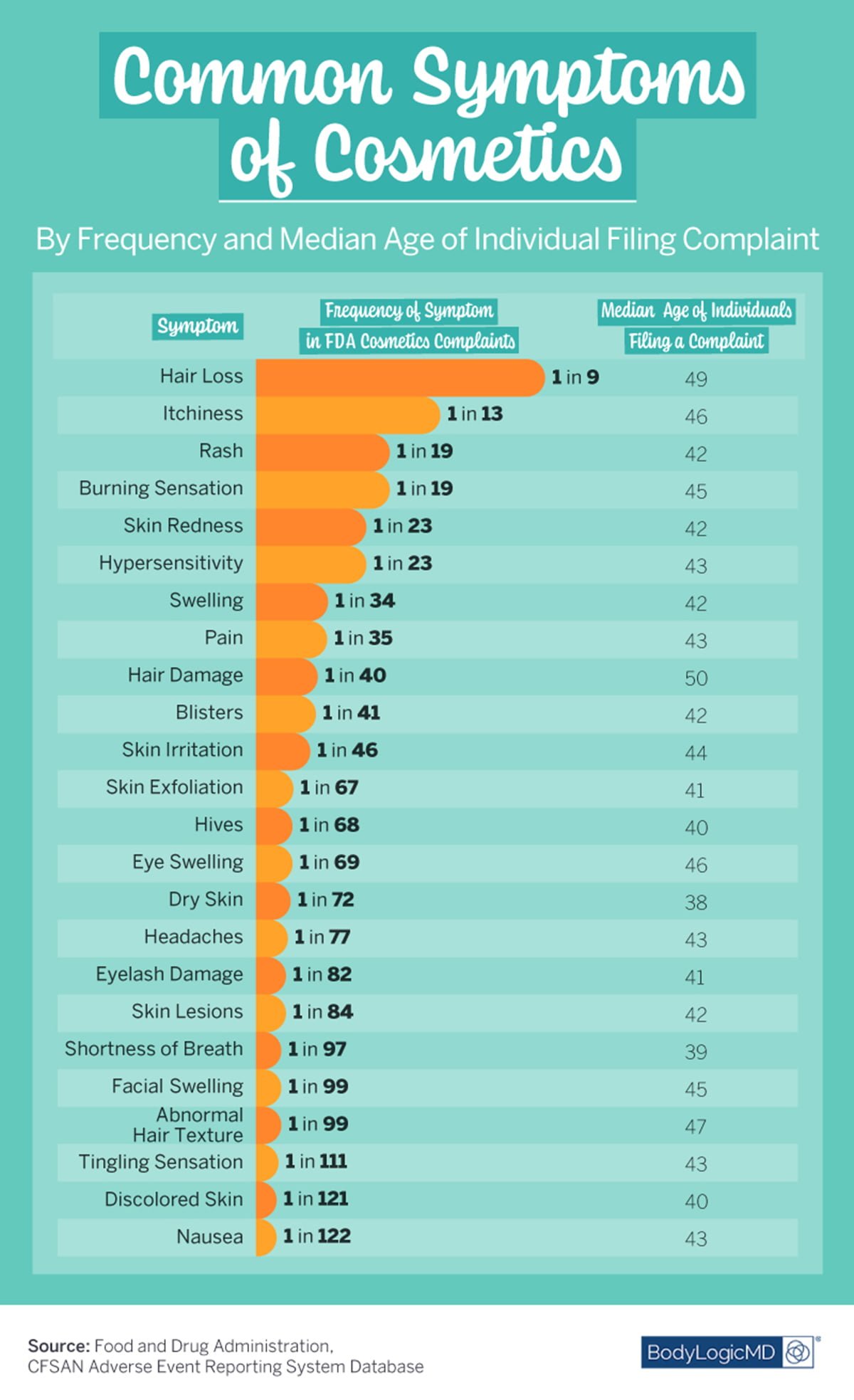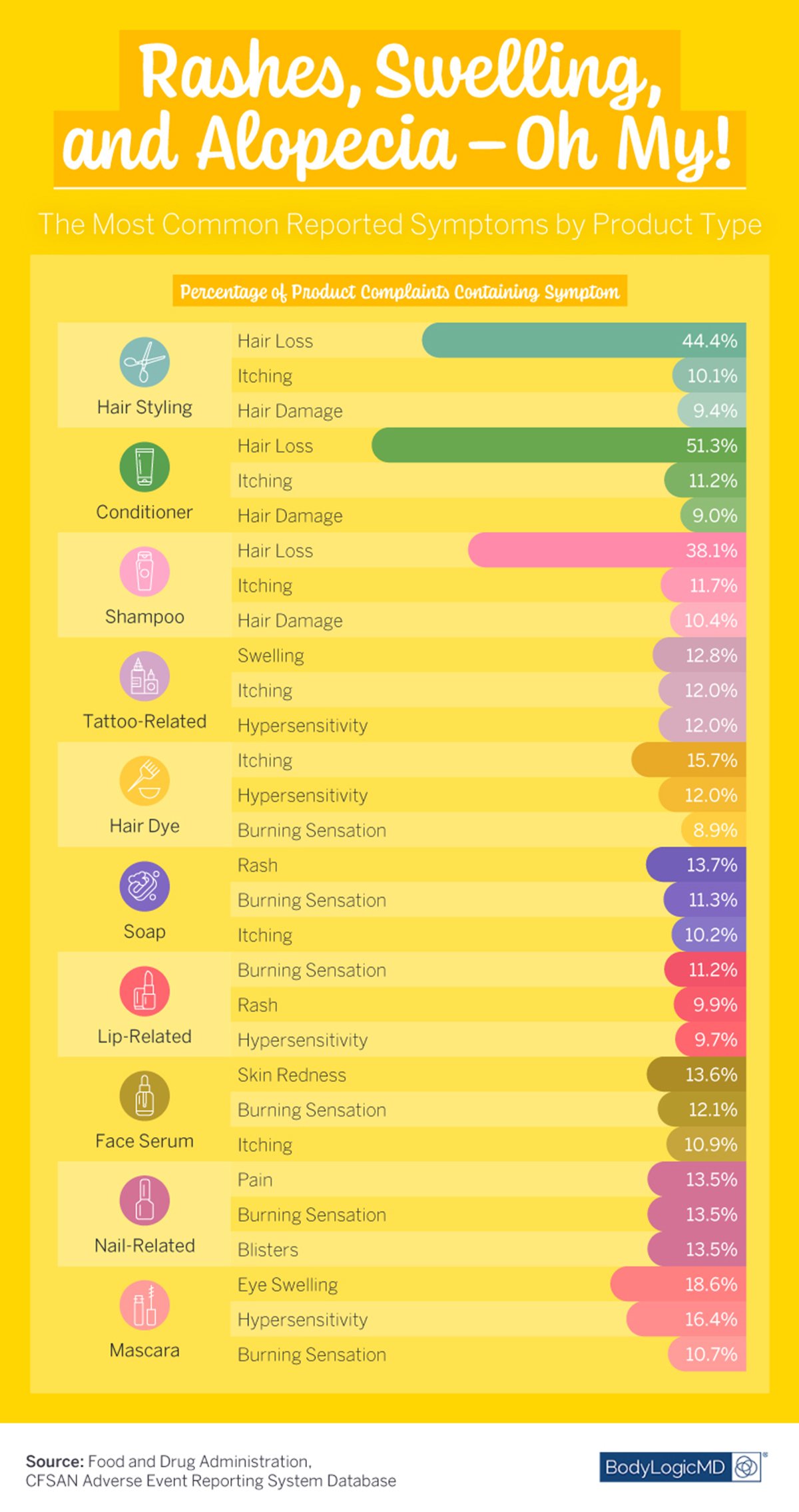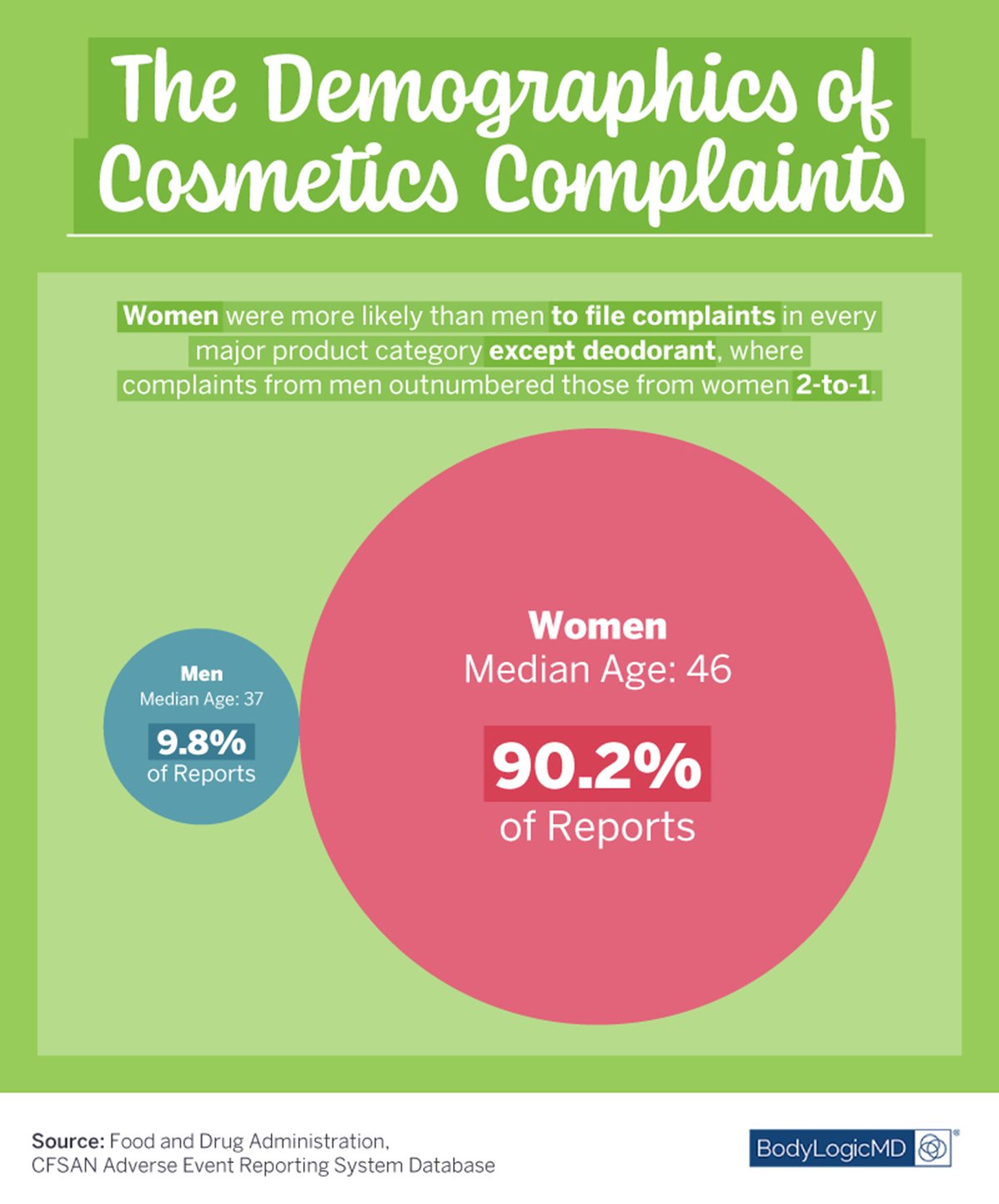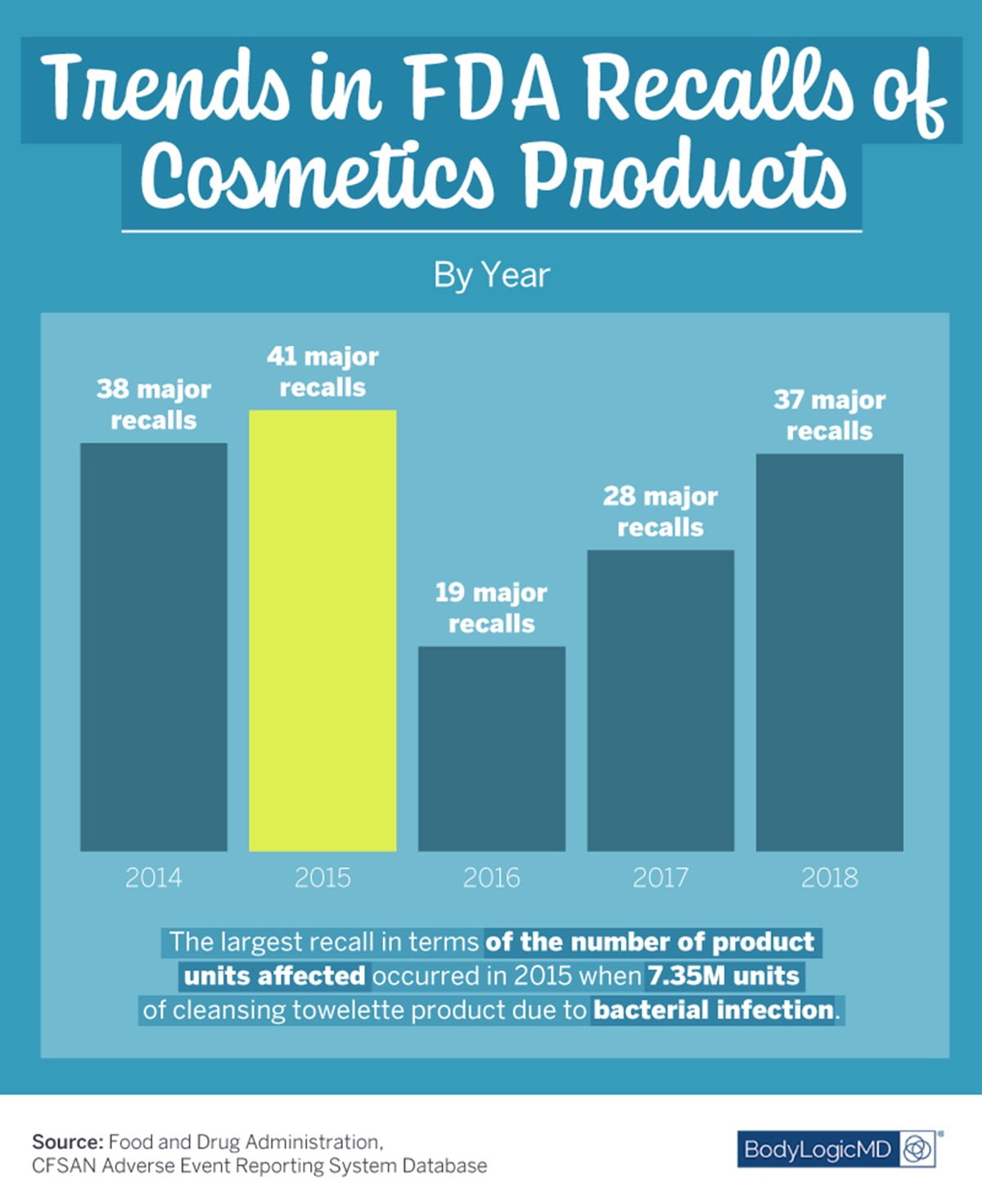Taking a plunge into new products is a risk, and, regardless of the industry, staying alert with recalls and medical issues associated with a product assists in selecting the proper goods to invest in. In a recent study, BodyLogicMD utilized the FDA’s Adverse Event Reporting System Public Dashboard to take a closer look at trends among complaints and symptoms for 25 beauty categories. For those looking into investing in the cosmetics industry, it’s important to note which categories have been exempt from recalls over the past 14 years.
Q3 2019 hedge fund letters, conferences and more
As the cosmetics industry continues to change and grow, here are the most important trends to consider.
Over the past decade and a half, dietary supplements have garnered the most FDA complaints by a landslide, with a total of nearly 55,000 grievances lodged since 2004. However, cosmetics still racked up nearly 30,000 complaints of their own, eclipsing other categories like baby food and vegetable products more than tenfold.
Not all cosmetic products are created equal, though; some are much more prone to complaints than others. Shampoo accounted for a huge volume of consumer woes during this time period, reaching a fever pitch in 2016 and then again in 2018. Elsewhere in the world of hair, reports about styling products, hair masks, and conditioners have all skyrocketed in recent years: In fact, 1 in 5 cosmetics-related complaints in the FDA database are related to hair styling products. From 2017 to 2018, for example, the number of complaints related to hair masks increased elevenfold.
Complaints over cosmetics industry soar
Meanwhile, other cosmetics like tanning products and tattoo-related products have significantly cleaned up their act since 2004. The least likely products to have a complaint lodged against them are eye shadow (1 in 216 FDA complaints), eyeliner (1 in 142), and perfume (1 in 135), though that does not make them immune to a trend-bucking recall in the future.
On the topic of recalls, the study did not seem to reveal any rhyme or reason behind the number of times a product was pulled off the shelves every year. Between 2014 and 2018, the figures jumped around significantly, peaking in 2015 at 41 major recalls when 7.35 million units of cleansing towelettes were pulled due to bacterial infection. The following year, there were less than half as many major FDA recalls, but the numbers slowly began to rise in both 2017 (28 recalls) and 2018 (37 recalls).
Just one faulty product can be enough to create a lasting blemish on a cosmetic product’s history, making it a challenge to determine which categories make for the safest investments. However, hair products seem particularly prone to complaints, while other product types seem to have gotten less risky with time, so be sure to know the stats before making the call!



